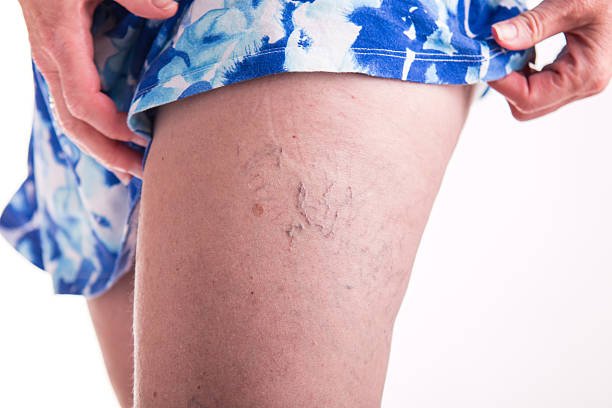You will be able to get up, walk around, and drive yourself home after sclerotherapy procedure. You can resume your regular daily activities on the same day of the procedure. Walking and moving your legs are encouraged to prevent the formation of blood clots.
After sclerotherapy, you will be instructed to wear support hosiery or bandages to “compress” the treated vessels for about two weeks. Your doctor will probably advise you to avoid strenuous exercise and exposing the treated area to the sun for two weeks after the procedure.
In addition, your doctor will ask you to avoid aspirin, ibuprofen, or other anti-inflammatory drugs for at least 48 hours. Tylenol may be used if needed. Usually, it takes three to six weeks to respond, and larger veins respond in three to four months. Spider veins or varicose veins will not reappear if the treated veins respond to sclerotherapy.
Usually, sclerotherapy works for most of the patients, but there is no guarantee for success. Any procedure where the skin is penetrated carries a risk of infection. But the chances of infection requiring antibiotic treatment is estimated to be less than 1 in 1,000.
A few patients may experience bruises, leg pain, blood trapping, and raised and red bumpy skin after the surgery. You must inform your surgeon if you notice any of these side effects.
Besides these, some allergic reactions to sclerosing solutions and local anaesthetics can also occur. They can be serious, but they are extremely rare. A different solution can be used for subsequent treatments when allergic reactions occur.



